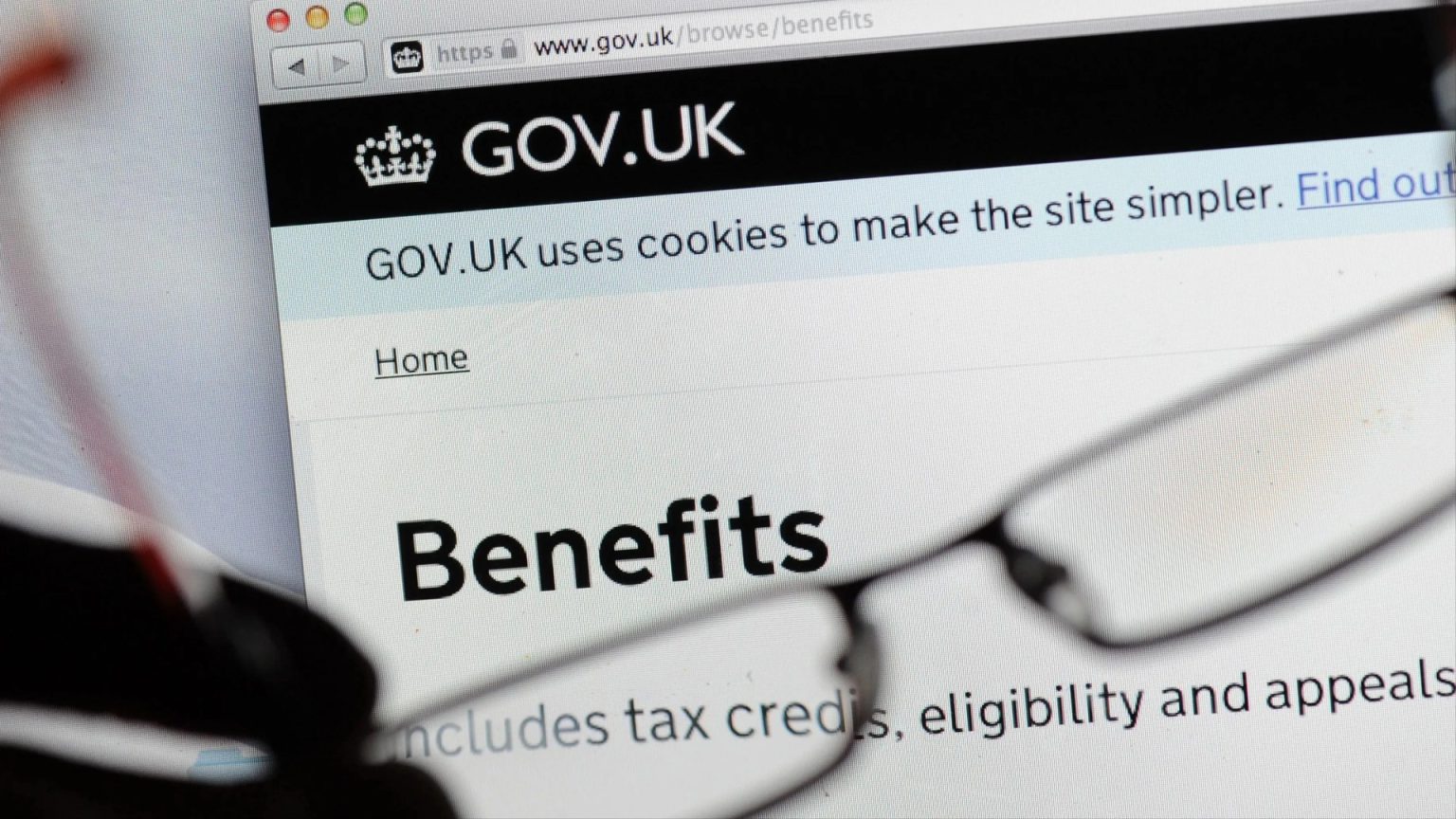Millions of individuals receiving disability-related benefits in the UK can anticipate a 1.7% increase in their payments starting April 6, 2025. This annual uplift aims to align benefit amounts with the rising cost of essential living expenses, including food, energy, and housing. The specific increase for each recipient will depend on their individual circumstances and the type of benefit they receive.
Several key benefits will be affected by this increase. Attendance Allowance, designed for individuals of State Pension age requiring care due to disability or illness, will see its higher rate rise from £108.55 to £110.40 per week, while the lower rate will increase from £72.65 to £73.90. Personal Independence Payment (PIP), intended for those under State Pension age needing assistance with daily living or mobility due to long-term health conditions or disabilities, will also see increases. The PIP daily living component’s lower rate will rise to £73.89, and the higher rate to £110.40. The mobility component’s lower rate will increase to £29.19, and the higher rate to £77.04. Someone receiving both components could receive a maximum of £187.44 per week.
Universal Credit, a comprehensive benefit for those on low incomes, out of work, or unable to work due to health reasons, will also see a 1.7% increase. This translates to a roughly £1.50 weekly increase for single claimants and £2.50 for couples. Those receiving Universal Credit with limited capability for work will see their monthly payments rise to either £158.76 or £423.27, depending on the severity of their limitations. Disability Living Allowance (DLA), a legacy benefit gradually being replaced by PIP, will also experience increases across its various components and rates.
Employment and Support Allowance (ESA), providing financial support to individuals unable to work due to illness or disability, will also be increased. Claimants receiving income-related ESA are being encouraged to transition to Universal Credit. However, existing ESA recipients will see increases in their weekly payments, ranging from £82.90 for single claimants with severe disabilities to £165.80 for couples on the higher rate. Carer’s Allowance, a payment for those providing substantial care to a severely disabled person, will increase from £81.90 to £83.30 per week, accompanied by a rise in the earnings threshold before ineligibility, from £151 to £181 per week.
In addition to these specific benefit increases, disability premiums, which are added to several benefits for qualifying individuals, will also see a 1.7% increase. These premiums are available in three tiers: disability premium, severe disability premium, and enhanced disability premium. The amounts vary depending on individual or couple status and whether one or more premiums apply. A couple receiving all three premiums could see their annual payment increase by over £200.
This overall increase in disability-related benefits represents a crucial step towards mitigating the impact of rising living costs on vulnerable individuals. The government’s commitment to these annual uplifts ensures that those relying on these benefits can maintain a basic standard of living. While the exact impact will vary depending on individual circumstances, the increases provide much-needed financial relief to millions facing the challenges of disability and long-term health conditions. The information provided aims to outline the key changes and provide a comprehensive overview of the upcoming benefit increases, allowing individuals to better understand how they may be affected. Those seeking further details or clarification about their specific situation are encouraged to contact the Department for Work and Pensions (DWP) directly.


